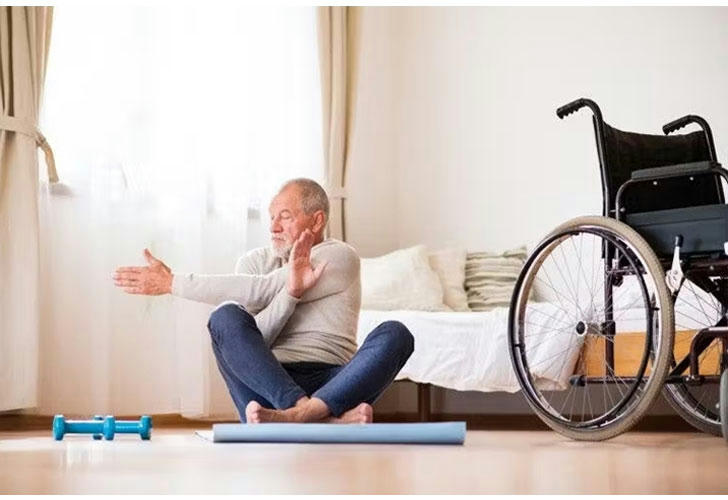How to Perform Stroke Rehabilitation Exercises at Home?
Recovering from a stroke can be a challenging journey, but with the right approach to rehabilitation, individuals can regain their independence and improve their quality of life. Home rehabilitation is an effective way to continue recovery after initial hospital treatment. This article will guide you through essential exercises and techniques for stroke rehabilitation at home, along with recommended products to aid in your recovery.

Understanding Stroke Rehabilitation
Stroke rehabilitation aims to help individuals regain lost skills and adapt to changes in their abilities. The rehabilitation process can include physical therapy, occupational therapy, and speech therapy, depending on the areas affected by the stroke. The earlier rehabilitation begins, the better the chances of recovery.
Key Areas of Focus for Rehabilitation
1. Physical Rehabilitation
Mobility: Focus on exercises that improve walking, balance, and coordination.
Strength Training: Building strength in affected limbs is crucial for regaining independence.
2. Occupational Therapy
Daily Activities: Practice tasks such as dressing, grooming, and cooking to enhance independence.
Fine Motor Skills: Engage in activities that require hand-eye coordination and dexterity.
3. Speech Therapy
Communication: Work on speaking, understanding language, and using alternative communication methods if necessary.
Swallowing Exercises: If swallowing is affected, specific exercises can help improve this function.
Recommended Exercises for Home Rehabilitation
1. Seated Leg Lifts
How to Do It: Sit in a sturdy chair with your feet flat on the floor. Extend one leg out straight and hold for a few seconds before lowering it back down. Repeat 10-15 times on each leg.
Benefits: Strengthens leg muscles and improves mobility.
2. Wall Push-Ups
How to Do It: Stand facing a wall at arm's length. Place your hands on the wall at shoulder height and lean in towards the wall while keeping your body straight. Push back to the starting position. Repeat 10-15 times.
Benefits: Builds upper body strength and improves balance.
3. Balance Exercises
How to Do It: Stand next to a sturdy surface (like a countertop) for support. Lift one foot off the ground and hold for 10-30 seconds. Switch legs and repeat.
Benefits: Enhances balance and stability.
4. Grip Strengthening
How to Do It: Use a soft stress ball or hand grip strengthener. Squeeze the ball or grip for several seconds before releasing. Repeat 10-15 times.
Benefits: Improves hand strength and dexterity.
5. Walking Practice
How to Do It: If mobility allows, practice walking short distances around your home or yard. Use a walker or cane if necessary for support.
Benefits: Enhances overall mobility and confidence in walking.
Recommended Products for Stroke Rehabilitation
1. Hand Grip Strengthener: Helps improve grip strength and dexterity.
2. Resistance Bands: Useful for strength training exercises; they are portable and versatile.
3. Stability Ball: Great for improving balance and core strength through various exercises.
4. Rehabilitation Walker: Provides support while walking; adjustable height options are available.
5. Balance Trainer: Helps improve stability through various balance exercises.
Tips for Successful Home Rehabilitation
Set Realistic Goals: Establish achievable short-term goals that lead to long-term improvements.
Stay Consistent: Regular practice is key to recovery; aim for daily exercise sessions.
Involve Family Members: Encourage family members to participate in exercises or assist with daily activities.
Monitor Progress: Keep track of improvements in strength, mobility, and daily activities to stay motivated.
Consult Professionals: Work with healthcare professionals or physical therapists who can provide guidance tailored to individual needs.
Conclusion
Home rehabilitation after a stroke is essential for regaining independence and improving overall quality of life. By focusing on physical exercises, occupational therapy tasks, and speech therapy practices, individuals can make significant strides in their recovery journey. Utilizing recommended products can further enhance rehabilitation efforts at home. Always consult with healthcare professionals before starting any new exercise program to ensure safety and effectiveness tailored to your specific condition.
